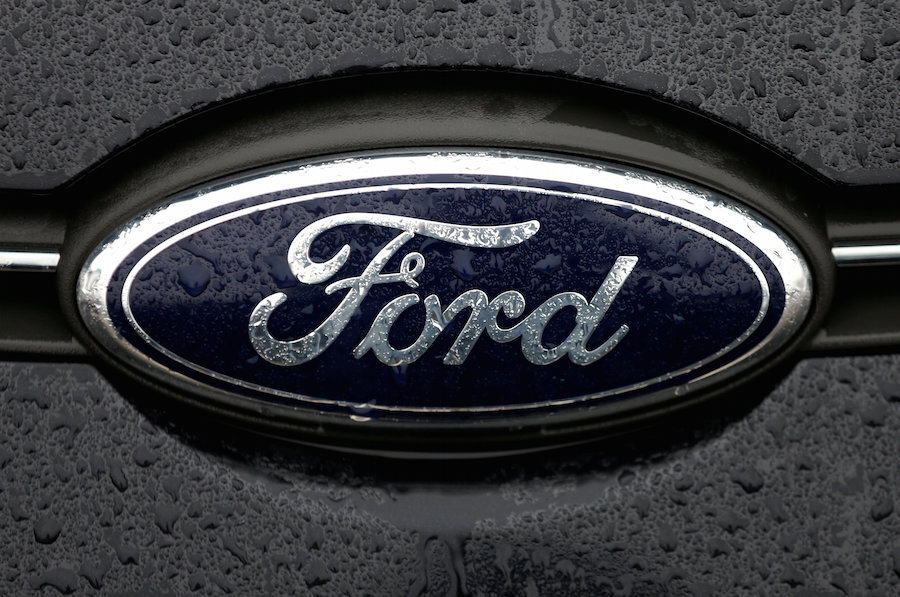Ford autonomous cars could be available to the public. Eventually.
Loading...
We've spent a lot of time writing about (1) self-driving cars and (2) ride-sharing services like Uber and Lyft. There's a very good reason for that: those trends are poised to have a massive impact on the auto industry and dramatically change the way we get around.
Initially, the leaders in those two fields were newcomers--tech companies like Google or start-ups like Tesla. But over the past year, conventional automakers have joined the fray, and today, Ford did so in a very, very big way.
Speaking at the new Ford Research and Innovation Center in Palo Alto, California, Ford announced plans to mass-produce autonomous vehicles by the year 2021. These won't be just any self-driving cars, either: Ford said that they'll meet the Society of Automotive Engineers' standards for level-4 autonomy. In case you've forgotten the six tiers of self-driving vehicles as defined by the SAE, level 4 autonomy is categorized by:
"driving mode-specific performance by an automated driving system of all aspects of the dynamic driving task, even if a human driver does not respond appropriately to a request to intervene".
Translation: in a level-4 vehicle, the human driver is largely superfluous. The autonomous driving system steers, brakes, accelerates, monitors the environment, and serves as its own backup system if something goes wrong. (By comparison, Tesla's semi-autonomous Autopilot system would be categorized by the SAE as level-2 technology.)
Accordingly, in the video above, Ford CEO Mark Fields says that the vehicles produced in 2021 won't have steering wheels, gas pedals, or brake pedals.
At first, Ford plans to use these vehicles for ride-sharing, but down the road, we expect to see them widely available to Average Joe and Jane consumers.
Roadmap to autonomy
To reach this very aggressive goal, Ford has begun expanding its campus in Palo Alto, and it's partnered with four key players in the tech industry:
- Civil Maps, a leader in rendering the 3D maps that autonomous cars use to navigate.
- Velodyne, a developer of the LiDAR sensors needed to help autonomous cars "see" their surroundings;
- Nirenberg Neuroscience, which specializes in machine vision, allowing cars to make sense of what they see; and,
- SAIPS, which brings expertise in artificial intelligence.
In all likelihood, Ford, will probably add a few more partners over the next five years to keep up with companies that have gotten a head start in these areas--companies like Tesla, Uber,General Motors, Lyft, Toyota, and, of course, Apple and Uber's new bestie, Didi Chuxing. Who knows? That long-rumored pairing between Ford and Google might even come to pass before 2021 rolls around.







